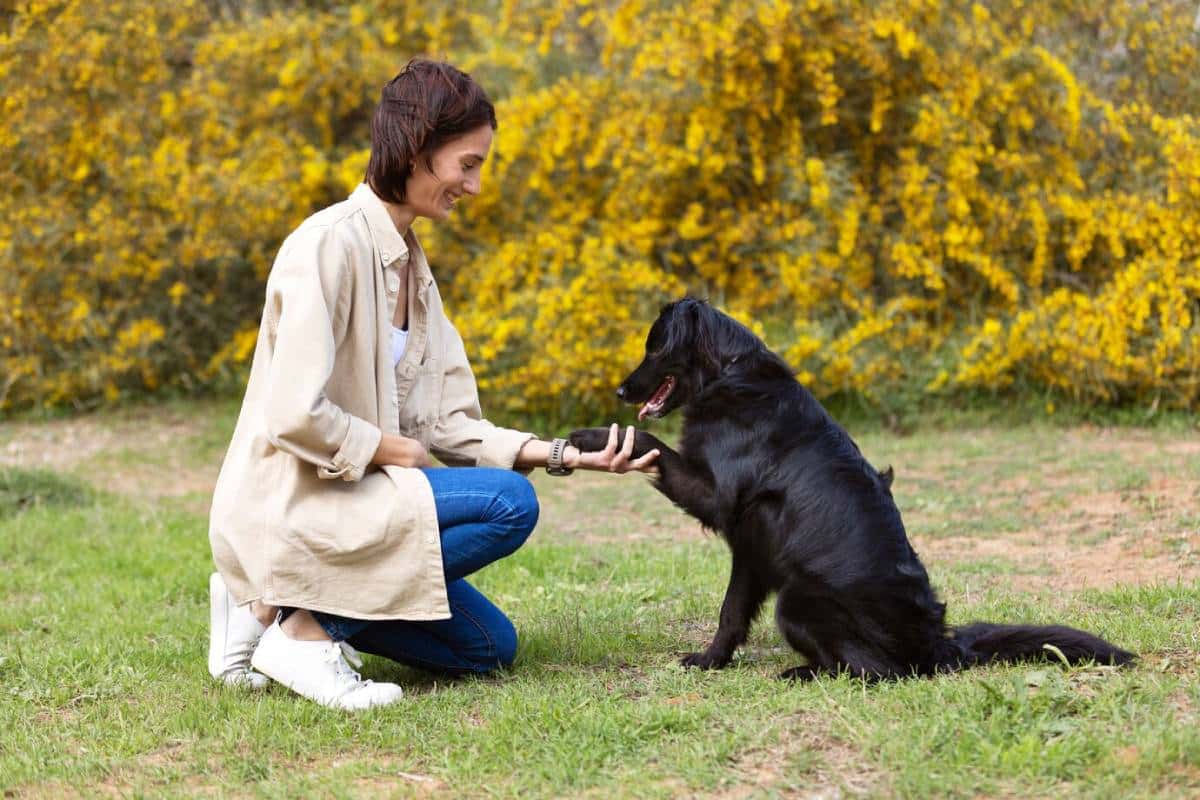
Choosing Between Dog and Cat Adoption: What to Consider
Adopting a pet is an incredibly rewarding experience—one that brings love, companionship, and responsibility into your home. But when it comes to choosing between a dog or a cat, the decision isn’t always straightforward. While both species make wonderful companions, their needs, temperaments, and lifestyles differ significantly.
If you’re torn in the dog vs cat adoption debate, it’s essential to assess your personality, living situation, schedule, and long-term expectations. In this guide, we’ll explore the key factors that can help you decide, share practical pet adoption tips, and offer insights into selecting the right pet for your home and lifestyle.
Lifestyle Compatibility
Your daily routine plays a major role in determining whether a dog or a cat is the better fit.
Time Commitment

- Dogs generally require more time and interaction. They need regular walks, toilet breaks, training, and playtime—often multiple times per day.
- Cats are more independent. While they still enjoy affection, they don’t require scheduled outdoor time or constant supervision.
If you work long hours or travel often, a cat may be a more practical companion unless you can provide consistent care or arrange for support.
Space Requirements
- Dogs, particularly medium to large breeds, benefit from access to outdoor space and room to move around indoors.
- Cats are well suited to smaller spaces and can thrive in flats, provided they have vertical space (like cat trees or shelves) and mental stimulation.
If you live in a flat or have limited mobility, a cat may be easier to accommodate.
Personality and Temperament

Understanding your own personality can guide you toward the right pet match.
- Dogs are typically more social and eager to please. They’re loyal, often clingy, and love being part of daily activities. Ideal for extroverted, active individuals or families.
- Cats are generally more independent, selective with affection, and content with solo time. They’re perfect for those who prefer quiet companionship and a less demanding dynamic.
Consider whether you want a constant companion or a more self-sufficient pet.
Exercise and Activity Levels
Dogs need regular exercise, and some breeds require a lot of it. If you enjoy outdoor activities like hiking, running, or long walks, a dog could be a great fit.
Cats are active, especially young ones. Their exercise needs can be easily met indoors. Use interactive toys and climbing structures to keep them engaged.
If physical activity isn’t your thing, or if mobility is a concern, a cat’s lower energy demands may suit you better.
Training and Behaviour
Training Needs

- Dogs require early training in basic commands, socialisation, and sometimes toilet training. They respond well to structure and consistency.
- Cats typically require less formal training. Litter box use is instinctive for most, and while you can teach tricks, cats tend to learn on their own terms.
If you enjoy structured training sessions or want a pet who can follow commands, a dog may be more satisfying.
Behavioural Tendencies
- Dogs may develop separation anxiety or destructive behaviours if left alone for long periods.
- Cats might scratch furniture, be picky eaters, or act aloof. Still, they usually need less behaviour management.
Financial Considerations
Welcoming a pet into your life is delightful, yet it carries costs. When it comes to furry companions, dogs often take the financial lead.
- Dog-related expenses include: larger portions of food, regular grooming sessions, and training classes. You’ll also want reliable pet sitters, dog walkers, and stylish collars with leads.
- Cat-related costs are a tad lighter: tasty litter, sturdy scratching posts, and essential flea and worm treatments. Overall, cats offer a simpler shopping list.
Before finalising your decision, it’s worth exploring the responsibilities of pet ownership to ensure you’re prepared for the long-term commitment a dog or cat brings.
Allergies and Cleanliness
Both cats and dogs leave behind furry reminders of their presence, but reactions depend on the person.
- Cats often unleash allergies, thanks to a specific protein in their saliva—Fel d 1.
- Dogs, on the other paw, can be easier on the sinuses, especially low-shedding breeds.
If allergies worry you, mingle with both before making a furry commitment. Also, explore hypoallergenic breeds, though remember, this label is relative.
Pet Compatibility and Household Dynamics
If you already have pets or children, consider their temperament too.
- Many dogs love the company of children and other animals, but not all do—some breeds or rescues prefer quiet households.
- Cats may be less tolerant of small children or noisy environments, but they also vary greatly. Some are playful and affectionate, others prefer calm and consistency.
Speak to shelter staff when visiting adoption centres—they can advise on the personality and history of each pet.
Adoption Age: Puppy or Kitten vs Adult
- Puppies and kittens are adorable but time-consuming. They need more supervision, socialisation, and training.
- Adult pets are often calmer and already trained, and their personality is more apparent.
For first-time pet owners or busy households, adopting an older animal may offer an easier transition.
Pet Adoption Tips
Here are a few practical steps to make the adoption process smoother:
- Visit local shelters and spend time with both dogs and cats to see what feels right.
- Ask questions about the pet’s temperament, medical history, and daily routine.
- Don’t adopt on impulse—make sure your home, finances, and lifestyle are ready.
- Prepare your space with necessary supplies: bowls, food, bedding, litter tray, toys, and a safe area for your pet to settle in.
- Plan for a slow introduction if you already have pets at home.
Taking the time to prepare and learn increases the chances of a successful, lasting adoption.
Final Thoughts: There’s No One-Size-Fits-All Answer
When it comes to dog vs cat adoption, there’s no single correct choice—only the right choice for you. By considering your lifestyle, preferences, and long-term goals, you’ll be better equipped to choose the pet that fits naturally into your home.
Whether you go for the loyal enthusiasm of a dog or the quiet elegance of a cat, the bond you build will bring years of love, joy, and companionship. Just remember—adoption is for life, so take your time, do your research, and let your heart (and your head) guide you. Once you’ve chosen your future companion, take the next step by
preparing your home for a newly adopted pet so they feel safe and welcome from day one.


